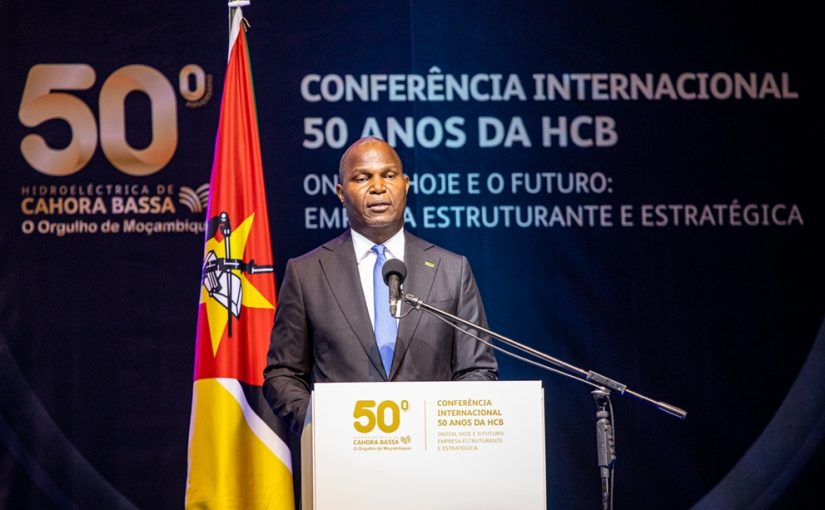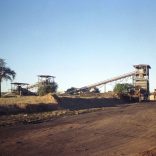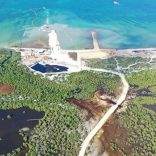Mozambique: CTA promotes virtual workshop to discuss proposed Local Content Law
Mozambique: Power generation “at the top of our concerns” – Watch

Photo: Presidency
The generation of electricity to meet the requirements of industrialisation and job creation “is at the top of our concerns as a government”, stressed Mozambican President Daniel Chapo on Wednesday.
Opening an international conference in Maputo, organised by Hidroelectrica de Cahora Bassa (HCB), the company that operates the Cahora Bassa dam on the Zambezi, to celebrate the 50th anniversary of the foundation of HCB, Chapo said the government is seeking to implement sustainable actions that can increase Mozambique’s capacity to meet the growing demand for power from the national and regional markets.
Community consultations were at an advanced stage, he added, prior to the construction of a dam at Mphanda Nkuwa, on the Zambezi, 60 kilometres downstream from Cahora Bassa, which would generate a further 1,500 megawatts of power. Other dams were projected for the Zambezi basin (at Boroma, Lupata and Chemba, for example).
Chapo said the Zambezi basin contains about 80 per cent of Mozambique’s hydropower capacity “with structuring impacts on the local economies”.
Other initiatives include a second power station at Cahora Bassa, and a great expansion in solar and wind power.
“We are witnessing a significant expansion of the entire energy sector, with a growing focus on a variety of renewable sources, including biomass, and hydro, solar and wind power”, stressed Chapo. “This energy diversification is crucial to guarantee the sustainability and resilience of the sector in the coming years”, and to ensure the permanent existence of the electricity needed for industrialisation.
Chapo noted that some studies suggest that by 2040 Mozambique will be responsible for 20 per cent of the entire energy production in Africa. By then, Mozambique could be generating 187 gigawatts, from a variety of sources.
Also by 2040, solar and wind energy could account for 20 per cent of the power used by Mozambique, “marking a significant advance towards a cleaner and more sustainable energy matrix”, the President said.
He forecast that, by 2030, solar power will be generating 266 megawatts and wind power 40 megawatts. In an effort to stimulate the growth in solar power capacity, projects are under way such as the Cuamba II solar power station, in Niassa province, with the capacity to generate 20 megawatts.
Existing solar power stations at Mocuba in Zambezia, and Metoro, in Cabo Delgado, “are playing a crucial role in supplying clean and accessible electricity for the local communities of these provinces”, said Chapo.
But he admitted that there is still a heavy dependence on wood fuel (firewood and charcoal) for household consumption. To achieve its full energy potential, Chapo added, “Mozambique will face significant challenges, including the development of adequate infrastructures, attracting foreign investment and guaranteeing equitable access to energy for the entire population”













Leave a Reply
Be the First to Comment!
You must be logged in to post a comment.
You must be logged in to post a comment.